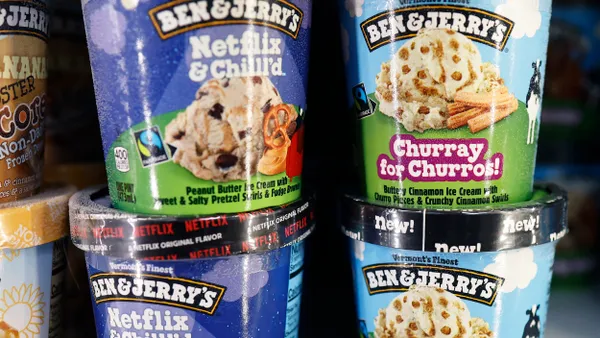Dive Brief:
- Winter Storm Stella dropped up to 14 inches of snow by Tuesday morning in the Northeast U.S., delaying the logistics chain throughout the I-95 corridor. The storm is expected to continue until Wednesday, affecting nine states in the region.
- The region's major ports were affected, with the Port of New York and New Jersey closing all terminals; the Port of Boston closing one; Virginia Inland Port operating at reduced capacity; and the Port of Baltimore working to clear snow.
- Live traffic cameras show the I-95 corridor is extremely congested, with various incidents reported throughout Maryland, Delaware, New Jersey, Pennsylvania and New York.
Dive Insight:
Winter storms require preparation along the supply chain in an effort to avoid as much disruption as possible, for themselves and for their customers. Knowing in advance what's required will help suppliers weather the worst of what winter has to offer.
The first and most important part of the plan is ensuring that all staff is familiar with storm protocol. Michael Elmgreen, CMO and co-founder of Handshake, a B2B Commerce Platform, reminds Supply Chain Dive that "manufacturers and distributors need to have a strategy in place and start executing it immediately on the news of an impending storm. The faster they put their plan in motion the more likely they are to meet customer service levels, reduce costs of operating during a high demand period for shipping, and ensure their own operations feel minimal impact once the storm passes through."
Maintaining high levels of service can set one distributor ahead of the rest. Continued customer access and the knowledge that it's business as usual for as long as possible will likely make a strong positive impression and could favorably influence the relationship long after the storm in question subsides. This requires multi-party sourcing, should one supplier be unable to fulfill demand. This is the essence of a fallback plan: following through, regardless.
"A good plan only goes so far," however, Elmgreen reminds us. "Manufacturers and distributors will need to continue to monitor the situation as the storm gets closer working with customers to ensure they can best service their needs and are positioned to roll inventory once the storm subsidies."













